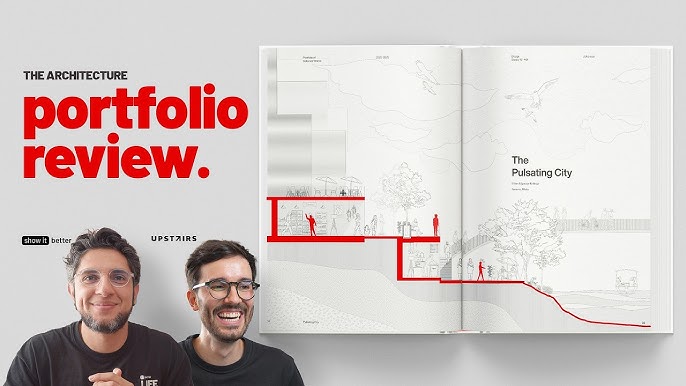Evaluating Architect Firm Portfolios
Effectively assessing an architect's portfolio is critical for identifying firms capable of realizing your villa vision. Look beyond aesthetic appeal and analyze these key elements:
- Design Variety & Context: Does the portfolio showcase diverse styles (modern, classical, vernacular) or specialize in one? Examine how designs respond to different sites, climates, and client needs. Look for context-sensitive solutions.
- Quality of Detailing & Craftsmanship: Zoom in on images. Are material junctions, custom millwork, and structural elements resolved elegantly and precisely? High-resolution images revealing fine detail indicate rigorous execution.
- Technical Representation: Are detailed plans, sections, and elevations included alongside photos? This demonstrates technical proficiency and the ability to translate concepts into buildable documents.
- Project Scope Alignment: Prioritize firms showcasing villas comparable in scale, complexity, and budget to your project. Proven experience in similar contexts is a strong indicator of capability.
- Coherence & Evolution: Does the work show a consistent level of quality and a clear design evolution, suggesting a mature, refined practice rather than sporadic successes?
A strong portfolio demonstrates both creative vision and the technical discipline necessary for high-end residential construction.
Analyzing Client Reviews & Testimonials
Reviews offer crucial insights into the client experience and firm reliability. Evaluate them critically:

- Source Credibility: Prioritize independent platforms or direct references over anonymous comments. Verifiable reviewers with detailed accounts carry more weight.
- Specificity is Key: Vague praise is less valuable than reviews detailing specific strengths (e.g., "excellent at resolving complex site challenges," "managed budget changes transparently").
- Process Focus: Look for mentions of communication clarity, collaboration effectiveness, problem-solving ability, budget management, and timeline adherence. These process aspects are often critical to project success.
- Resolving Issues: Note how firms responded to less-than-perfect reviews. A professional, solution-oriented response can be as telling as a glowing testimonial.
- Authenticity Check: Be wary of overly effusive, generic praise lacking detail or patterns suggesting potential manipulation. Balanced reviews acknowledging both strengths and minor challenges often feel more authentic.
- Seek First-Hand References: Always request references for projects similar to yours. Ask pointed questions about the working relationship, challenges faced, and whether they would hire the firm again.
A pattern of positive feedback centered on clear communication, collaborative problem-solving, and reliable delivery is a powerful indicator of a dependable partner.
Synthesizing Portfolio & Review Insights
Combine the insights gained. Does the firm's demonstrated design capability align with positive client experiences regarding process and delivery? Prioritize firms whose impressive built work is backed by consistent reports of professionalism, responsiveness, and client satisfaction throughout the project lifecycle.







